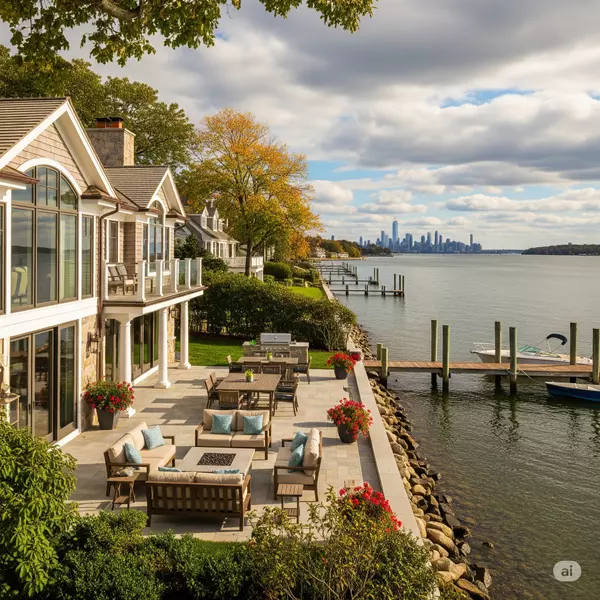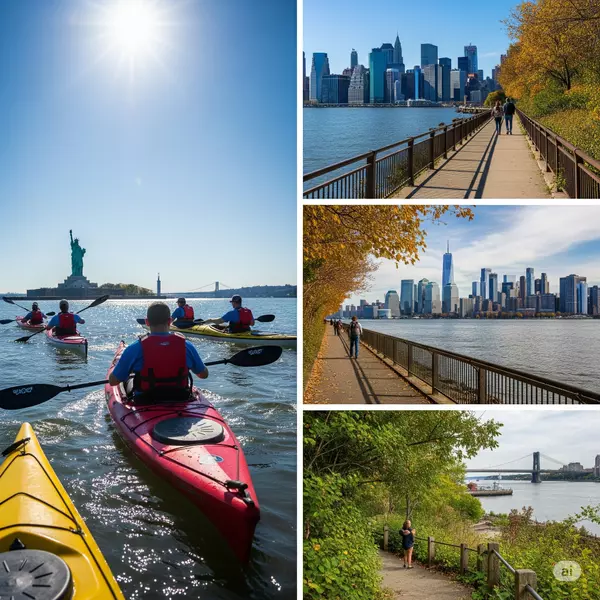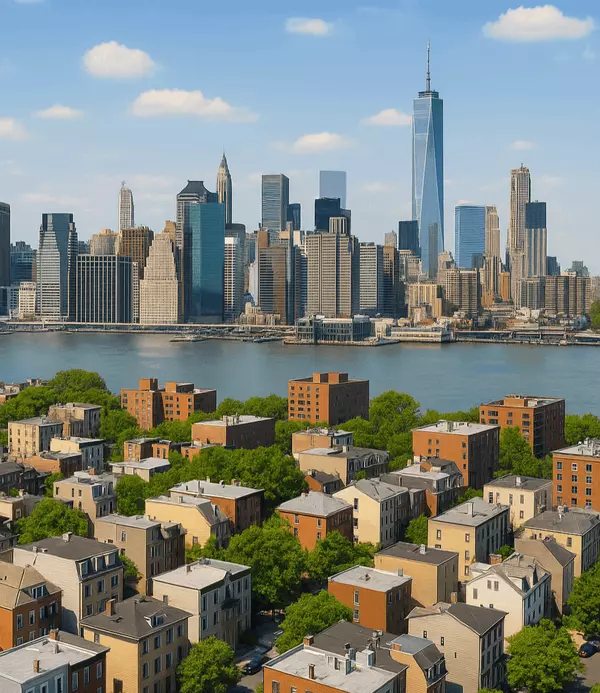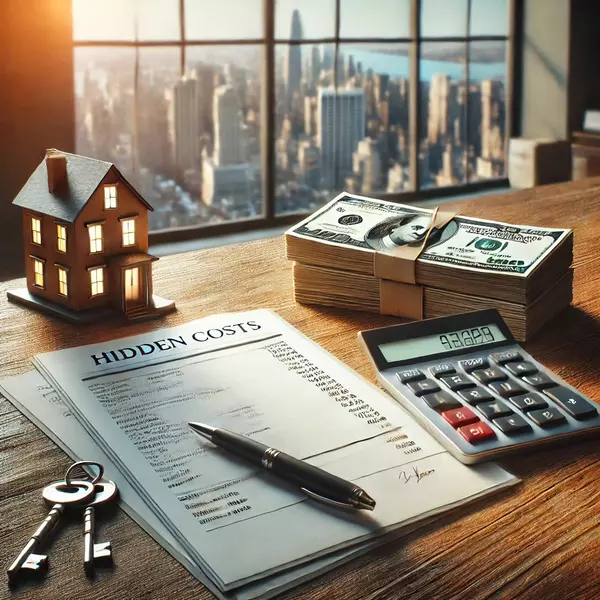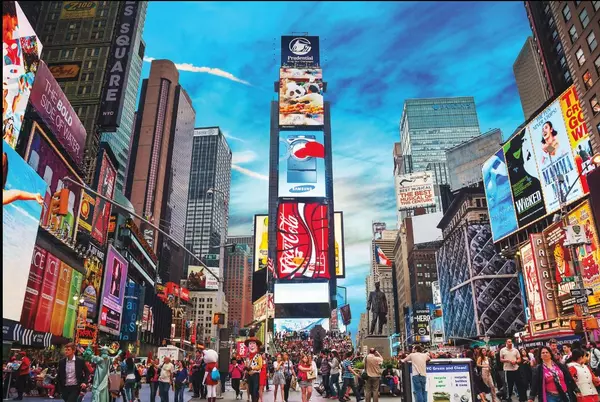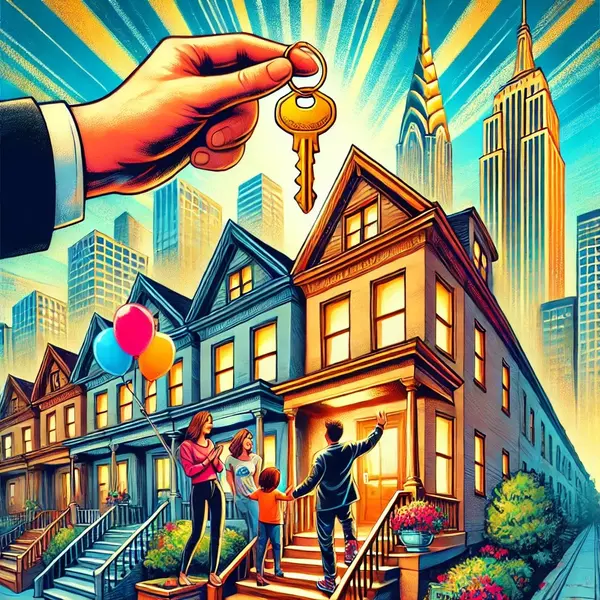How To Get Around New York
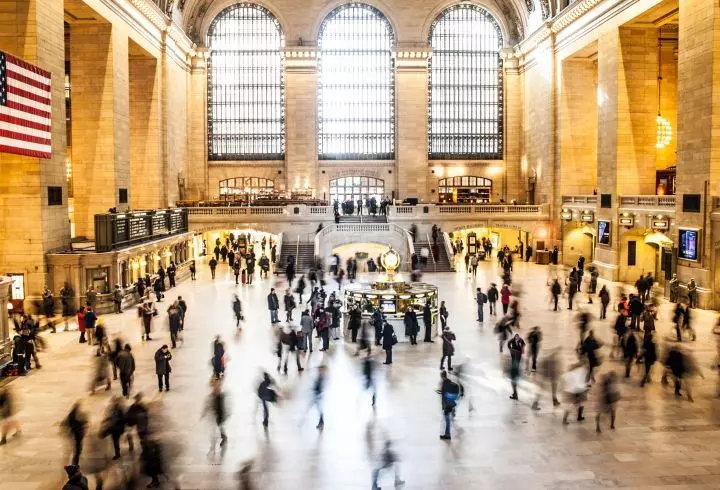
From 14th and below, the streets reflect the layout of the original footpaths and therefore, meander and wind every which way and are mostly named, not numbered. Manhattan above 14th street is laid out on a simple grid system.
Manhattan above 14th St. is very easy to navigate. It works on a grid system. All major avenues run north/south. Streets run east/west and increase numerically from 14th Street.
It’s very easy locating addresses on the East/West streets: On the East side, address numbers begin at the Fifth Avenue and increase as you head east. On the West Side, address numbers begin at Central Park West and increase as you head west.
BUSES/TRAINS:
Mass transit provides the fastest and by far, the cheapest way to get around NYC. For example, a subway train can get you from a matinee at a Broadway theatre to a night game at Shea Stadium in the Bronx in a half hour. If you tried making the trip by car, you'd be lucky to make it in an hour, and NYC is legendary for its traffic jams. For $2.75 per ride, you can take a subway ride throughout the boroughs.
Bus and subway service run 24 hours a day, seven days a week. Subways, which connect all the boroughs, stop at 469 stations, so in almost all cases, you are certain to find one near your destination. In Manhattan they run North/South on the East and West sides of Manhattan, have shuttle services that run east/west, and go to all the boroughs. 3,700 buses operate throughout the boroughs along more than 200 routes that have bus stops and many bus shelters on designated street curbs. In Manhattan, they run both North to South and East to West. They also travel to all the boroughs. You are never more than a couple of blocks from a bus stop. In general, buses and trains run every two to five minutes during rush hour, 10 - 15 minutes during the day and every twenty minutes between midnight and 5am. Trains have express and local services, and buses have “limited” stop services as well as local service that stops every two or three blocks. Some of the express buses to other boroughs cost more.
Tip:
New Yorkers would not be able to afford to get around without mass transit; buses and subways are considered very safe and used by everyone - commuters, families, schools and theatre/restaurant goers. They are extremely well traveled well into the evening up until about 11pm. After that, it quiets down, and you may think twice about standing on an empty platform thus, making yourself a target for a crime. Just use your common sense and trust what your instincts are telling you.
FARES
A subway and bus ride costs $2.75. You can transfer to an intersecting route for free (within two hours of travel) from a subway to a bus, or from a bus to a bus, or subway-to-subway. You need a metro card to enter the subway or the bus. Buses will also accept the correct change (but only in coins). Purchase a metrocard at any subway station or even at many newsstands. If you are a daily commuter, metrocard offers monthly rates where you get several rides free per month.
REDUCED FARES:
Senior citizens and people with disabilities are eligible for reduced fares if they have proper I.D. - either a Medicare card or a reduced-fare I.D. card. To ride the subway for a reduced fare, you need to show your I.D. to the token booth clerk. For information about getting a reduced-fare disability I.D. card, call 718-243-4999. To get a senior-citizen I.D. card, call 212-577-0819 open from 9:00 am to 5:00 pm.
Categories
Recent Posts
